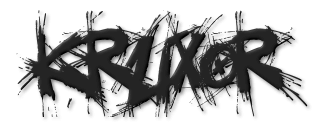Search
Search CSS
repeating-linear-gradient()
repeating-linear-gradient()The repeating-linear-gradient() CSS function creates an image consisting of repeating linear gradients. It is similar to linear-gradient() and takes the same arguments, but ..
linear-gradient()
linear-gradient()The linear-gradient() CSS function creates an image consisting of a progressive transition between two or more colors along a straight line. Its result is an object of the <gradien..
Welcome
This is my test area for webdev. I keep a collection of code here, mostly for my reference. Also if i find a good link, i usually add it here and then forget about it. more...
You could also follow me on twitter. I have a couple of youtube channels if you want to see some video related content. RuneScape 3, Minecraft and also a coding channel here Web Dev.
If you found something useful or like my work, you can buy me a coffee here. Mmm Coffee. ☕
❤️👩💻🎮

Random Quote

Random CSS Property
text-decoration-color
The text-decoration-color CSS property sets the color of decorations added to text by text-decoration-line.text-decoration-color css reference
